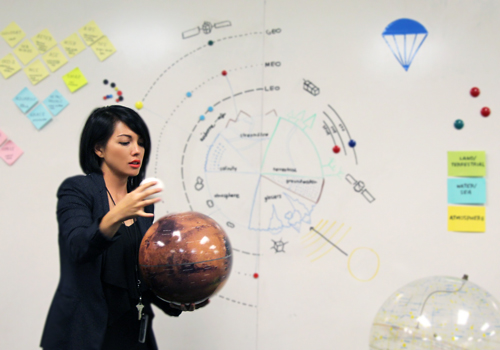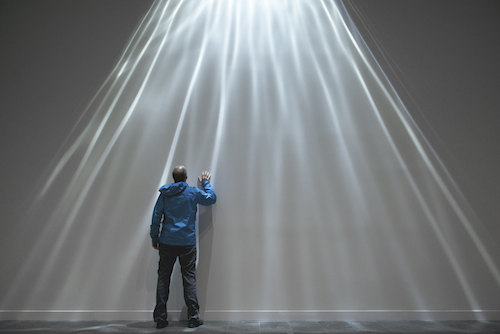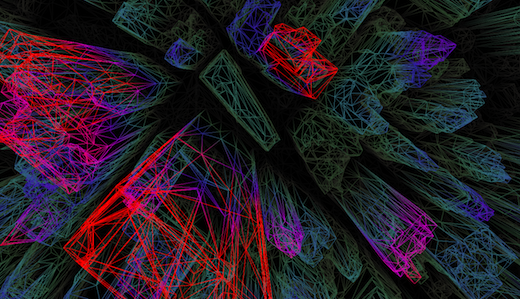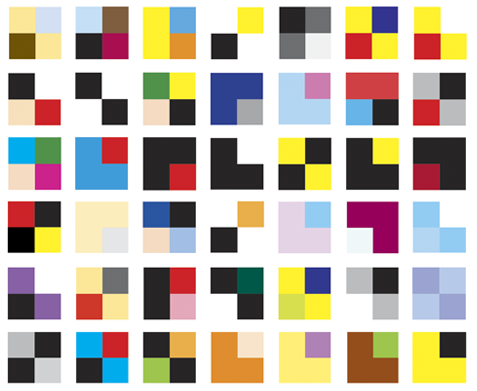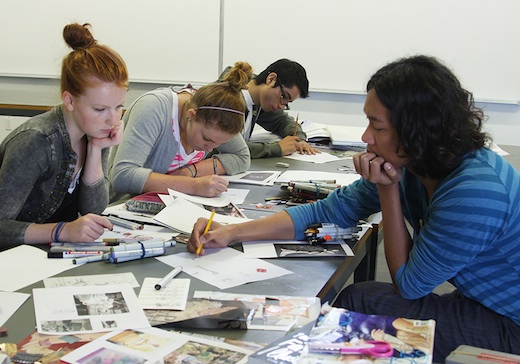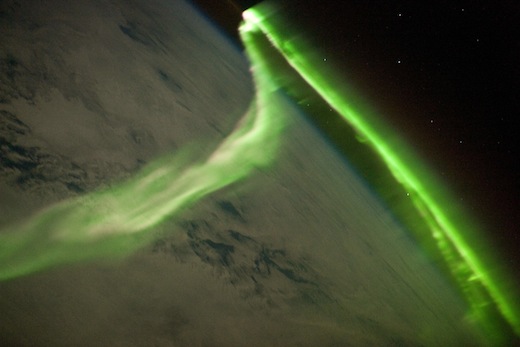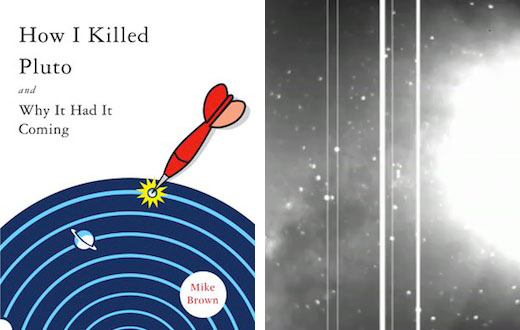Plotting a new trajectory is never a simple task. Just ask Dave Doody, a senior engineer at NASA’s Jet Propulsion Laboratory (JPL).
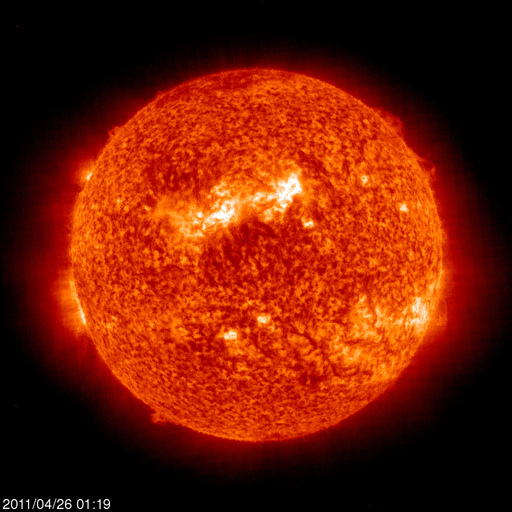
A recent image of the Sun, captured by NASA's Solar and Heliospheric Observatory. (Photo courtesy of NASA.)
Doody is the lead flight engineer of NASA’s Cassini Solstice Mission, a mission in which the Cassini spacecraft is gathering and sending back information on the planet Saturn, its rings, moons and magnetosphere. Once a year, he also teaches Basics of Interplanetary Flight at Art Center at Night (ACN), a course in which curious students from all walks of life explore what it takes to navigate spacecraft across the solar system.
We recently trekked across the arroyo to JPL to ask Doody about his class.
Dotted Line: What do you explore in Basics of Interplanetary Flight?
Doody: We look at results from NASA’s probes, whether it’s from Voyager, the Mars Exploration Rovers, Cassini or the others. In each session we touch on a few other topics as well. We ask a lot of questions like: What is the spacecraft all about? How does it work? What are all its pieces and what do they do? How do you design it? How does it travel?
We also explore the environment that it has to operate in, whether it’s the vacuum in space or plasma from the sun. Can the spacecraft go straight to its destination in the solar system or does it have to follow certain pathways?
And we cover the up-and-coming spacecraft and anything that’s happening right now, like a launch or a landing. We also touch on some historical information.

Doody.
Dotted Line: What kind of students do you get in the class?
Doody: Of course we get some students from Art Center, both undergraduates and graduates.
We also get filmmakers and transportation designers. But the class is not just limited to artists and designers. It’s wide open to the public, so we get everyone from surgeons to secretaries. Anybody can take the class.
We don’t depend on any previous experience or knowledge. We just need people who are interested in the fact that today we’re looking at new worlds. And we’re looking at them with robots that have new senses on them. These robots can see not only in visual light but also in infrared and ultraviolet. And they also have expanded sensory regions, so they can analyze magnetic fields and high-energy particles.
Dotted Line: In class you discuss the different types of sensors found on spacecraft?
Doody: Yes, but we’re not just discussing. This course takes place after dinner after all! We get into all sorts of activities where the students are experimenting and seeing how different sensors work. I try to keep it interesting and informative and get everybody working together and talking to one another.
Dotted Line: Give me an example of the type of activity you do in class.
Doody: Well, once you leave the Earth, you’re outside the magnetic bubble that protects us from the Sun, which is constantly shedding protons and electrons, which we call the solar wind. In fact, if the magnetic field on Earth were to vanish, the Sun’s solar wind would blow off the atmosphere, dry off the oceans and there’d be little hope for life.
It’s not the easiest concept to grasp, so I bring some plasma, which are highly charged particles, into the classroom. And the students take a very strong magnet and they can actually see how magnetic fields interact with plasma. It’s real simple and helps illustrate this environmental concept. And that’s what I try to do with the course in general. I try to take something abstract, put it right in your face and let you play with it.
Continue reading →
